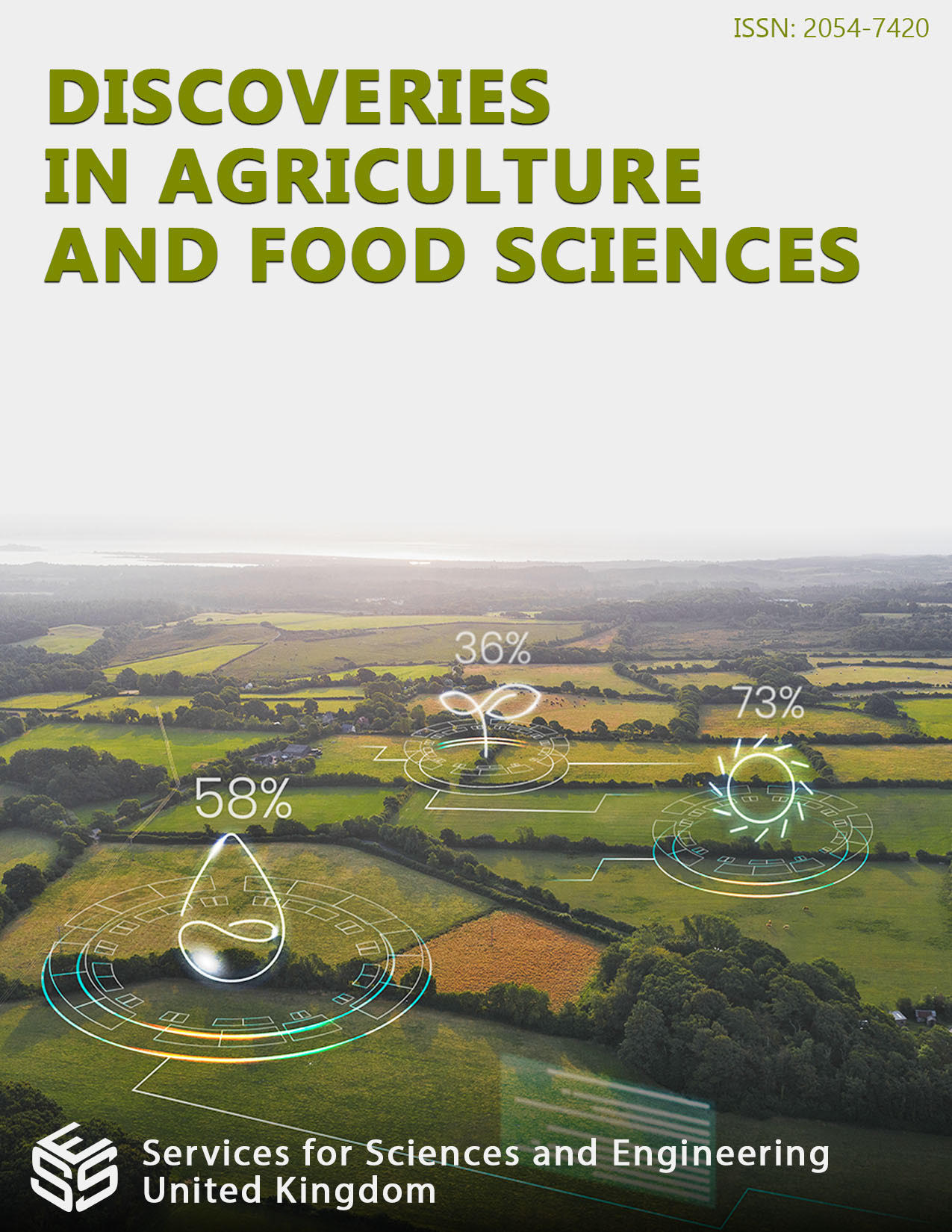Effect of Ecophosphoazotine on the Productivity of Cotton Plant Photosynthesis in Dry and Salt Soils
DOI:
https://doi.org/10.14738/tnc.114.15277Keywords:
Carbonic acid forming a utility model, pH neutralization, Desalination, Leaf surface, Dry weight, Photosynthesis productivity, Yield, ProfitabilityAbstract
Data are given on the impact of the productivity of cotton photosynthesis when organic fertilizer Ecophosphoazotine is used on arid, saline soils in the Bukhara region. Ecophosphoazotin - organic-fertilizers, environmentally friendly, universal action. The introduction of ecofofazotin in order to acidify soils with different salinity, the pH of the environment improves. It is rich in phosphorus, nitrogen, biologically extractive substances, macro-microelements important for plant nutrition and development. With the use of Ecophosphoazotine (12 kg/ha), the intensity of the growth of photosynthetic potential in the growing season of cotton increases due to the increase in the leaf surface. Mineral fertilizers + Ecophosphoazotin had a direct impact on the nature of the formation of the leaf surface of cotton. The maximum values of the leaf surface were observed in the phase of flowering-fruit formation, the greatest development of the leaf surface of cotton. It was found that the nature of the formation of the leaf surface, dry weight and productivity of photosynthesis of cotton Ecophosphatin-12 kg/ha had a beneficial effect. Introduction with sowing Ecophosphoazatin increases NPP due to the stimulating effect of microorganisms that are part of Ecophosphoazatin, it begins to appear from the flowering phase. When cotton seeds are applied to crops with Ecophosphoazotins, there is a tendency to increase NPP and yield additions by 3.0-4.4 c/ha.
Downloads
Published
How to Cite
Issue
Section
License
Copyright (c) 2023 Ikramova, Makhbuba Latipovna, Rakhmatov, Baxtiyor Nimatovich, Yunusov, Rustam Yunusovich, Yo‘ldoshev, Laziz Tolibovich

This work is licensed under a Creative Commons Attribution 4.0 International License.






